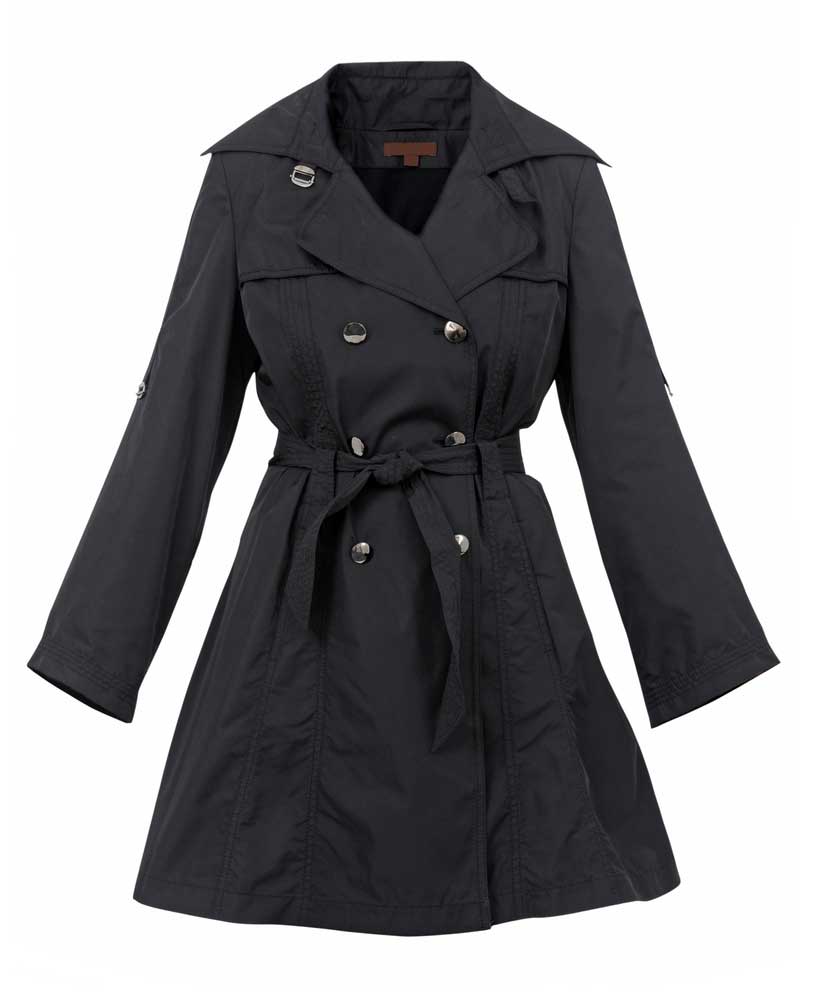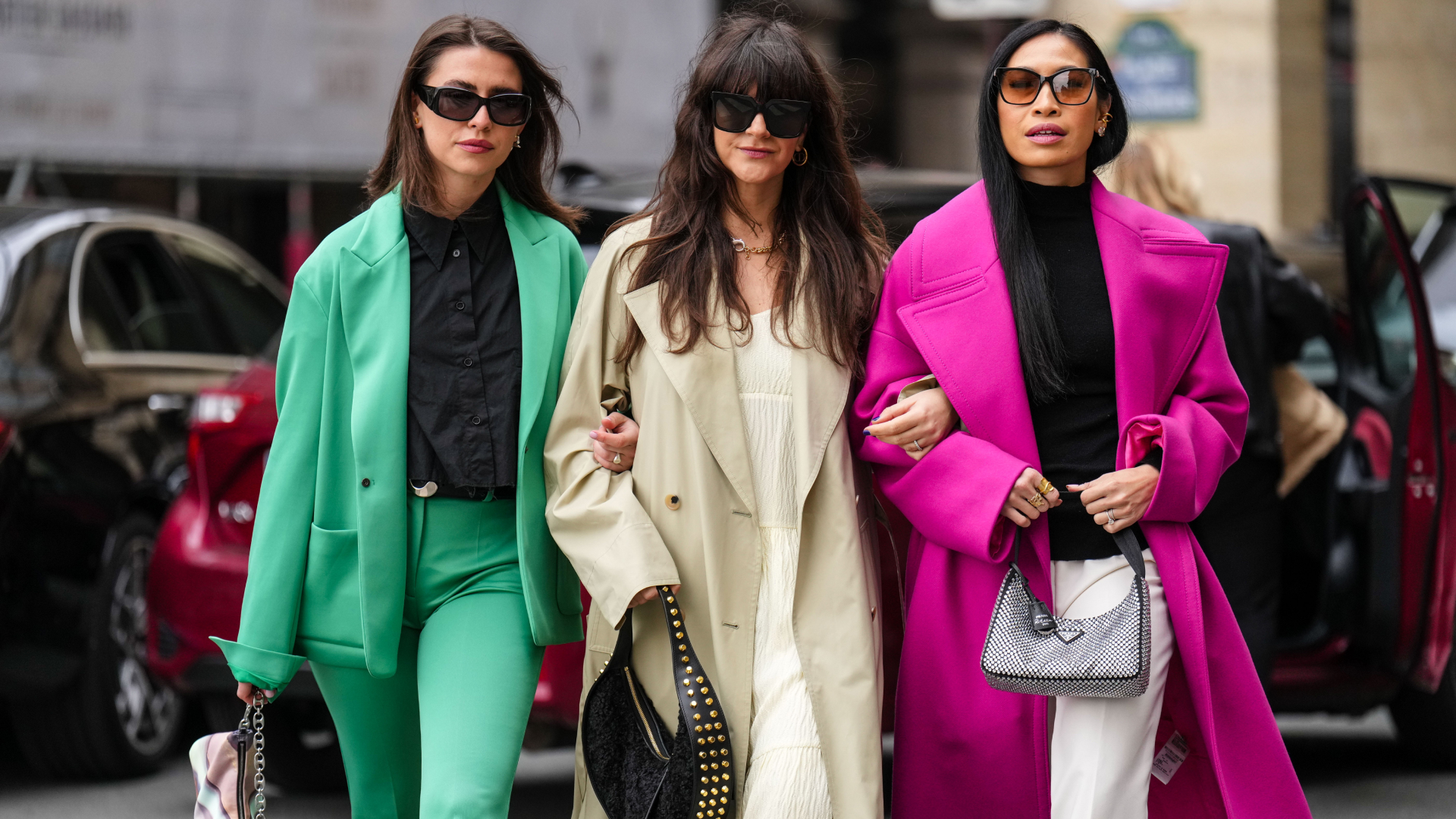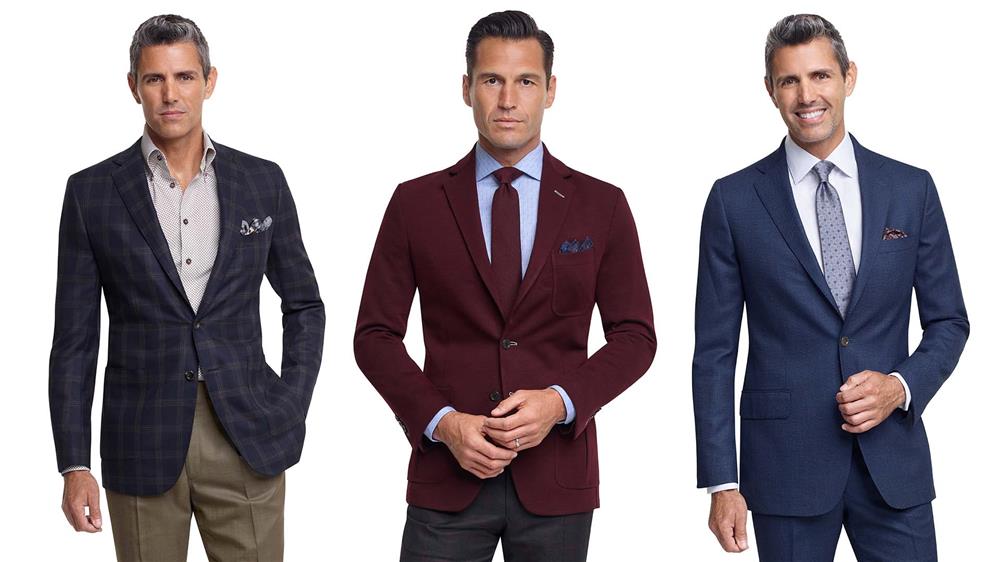
In the realm of human language, few words can boast the versatility and richness of meaning as “coat.” While its primary usage refers to a garment worn over other clothing, the word “coat” extends far beyond its literal definition, encompassing a diverse range of meanings and connotations that weave through various aspects of our lives. From its practical function as a protective barrier to its symbolic representation of status, power, and even deception, the word “coat” unveils a fascinating tapestry of human expression and cultural significance.
Coat as a Garment: A Shield Against the Elements
At its core, a coat serves as a physical barrier, shielding us from the harsh elements of nature. Whether it’s a sturdy raincoat braving the downpour or a cozy winter coat battling the biting cold, coats provide a layer of protection that allows us to venture into the world, undeterred by the elements.
The construction of coats reflects their protective purpose. From the water-resistant fabrics that repel rain to the insulating materials that trap warmth, coats are meticulously crafted to withstand the elements. Collars, cuffs, and hoods act as additional defenses against wind and precipitation, while buttons, zippers, and toggles secure the garment in place.
Beyond their practical function, coats have also acquired cultural and historical significance. From the elaborate robes of ancient royalty to the uniforms of military officers, coats have often signified status, power, and social standing. Their presence in various forms of art, from paintings to literature, further underscores their cultural significance.

Coat as a Metaphor for Protection and Transformation
The word “coat” extends beyond its physical function, taking on metaphorical meanings that delve into the depths of human experience. It often symbolizes a layer of protection, shielding us from harm, vulnerability, or emotional distress.
In phrases like “to coat one’s words with sugar” or “a thick coat of paint,” the word “coat” suggests a layer of concealment or transformation. It implies a deliberate effort to mask something, whether it’s true intentions, underlying emotions, or the appearance of an object.
In literature, coats often serve as powerful metaphors, representing character traits, plot developments, or overarching themes. For instance, the scarlet coat worn by Hester Prynne in Nathaniel Hawthorne’s “The Scarlet Letter” becomes a symbol of her shame and alienation, while the invisibility cloak in J.K. Rowling’s “Harry Potter” series grants its wearer the power of concealment and transformation.
Coat as a Symbol of Status and Power
Throughout history, coats have been closely associated with status, power, and authority. From the opulent fur coats of monarchs to the tailored suits of business executives, coats have often served as visible markers of social standing and professional success.
This association is deeply rooted in cultural traditions and societal norms. Coats have often been seen as outward expressions of one’s wealth, prestige, and social status. In many professions, such as law enforcement, military, and academia, specific types of coats signify rank, expertise, and authority.
The symbolic power of coats extends beyond mere appearance. They can evoke feelings of respect, admiration, and even intimidation. The sight of a judge in their ceremonial robes or a police officer in their uniform can command attention and instill a sense of authority.
Coat as a Tool for Camouflage and Disguise
In contrast to their symbolic association with status and power, coats can also be use for camouflage and disguise, allowing individuals to blend in with their surroundings or conceal their identities. This is particularly evident in military and espionage contexts, where specialized coats like ghillie suits and trench coats are designed to deceive and hide the wearer’s presence.
Beyond military applications, coats can be used for deception in everyday life. Whether it’s hiding illegal items or disguising one’s appearance, coats can provide a temporary cloak of anonymity or protection from scrutiny.
The symbolic meaning of using coats for camouflage and disguise delves into themes of deception, hidden identities, and the desire to escape scrutiny. It highlights the duality of human nature and our ability to conceal our true selves from others.
Coat as a Culinary Term: Enhancing Flavor and Texture
In the culinary realm, the word “coat” takes on a different meaning, referring to a layer of coating applied to food items. This coating can serve various purposes, then from enhancing flavor and texture to creating a visually appealing presentation.
Breads are often coat with egg washes or breadcrumbs to achieve a golden crust and crisp texture. Fried foods are coat in batter or breadcrumbs to seal in moisture and then create a crispy exterior. Even desserts can be coat with chocolate, nuts, or sprinkles for added flavor and visual appeal.
The culinary use of coats demonstrates the versatility of the word, extending its meaning beyond garments and into the realm of food preparation. It highlights the human desire to enhance the sensory experience of food through creative techniques and presentation.
Coat as a Symbol of Comfort and Security
Beyond its practical and symbolic applications, the word “coat” also evokes a sense of comfort and security. Wrapping oneself in a warm coat on a chilly day offers a sense of physical and emotional warmth. The familiar weight and texture of a favorite coat can then provide a feeling of security and belonging, similar to the comfort of a cherished blanket or a loved one’s embrace.
This association with comfort and security extends to metaphorical uses of the word “coat.” Phrases like “coating one’s stomach with food” or “having a thick coat of skin” suggest a form of protection against emotional distress or hardship. The coat becomes a metaphorical shield that allows individuals to navigate difficult situations with a sense of resilience and self-preservation.
The symbolic meaning of coats as a source of comfort and security resonates deeply within us. It speaks to our basic human need for safety, warmth, and then a sense of belonging. Coats can represent a refuge from the outside world, offering a space for emotional solace and protection.
The Ever-Evolving Meanings of “Coat”
The word “coat” continues to evolve and adapt as language and culture change. New technologies may lead to the development of coats with innovative features, blurring the lines between fashion and functionality. The rise of sustainable fashion may see an emphasis on using recycled materials in coat production.
Furthermore, the symbolic meanings associated with coats may also undergo transformations. As societal norms and cultural perspectives shift, the way we perceive coats as symbols of status, power, or concealment may evolve.
In conclusion, the word “coat” transcends its literal definition, unveiling a fascinating tapestry of meanings that are wove into the fabric of our lives. From its practical purpose as a protective layer to its symbolic association with status, comfort, and even deception, “coat” serves as a powerful reminder of the richness and versatility of human language. As the world continues to evolve, the meanings and applications of this multifaceted word will undoubtedly continue to expand and surprise us.


